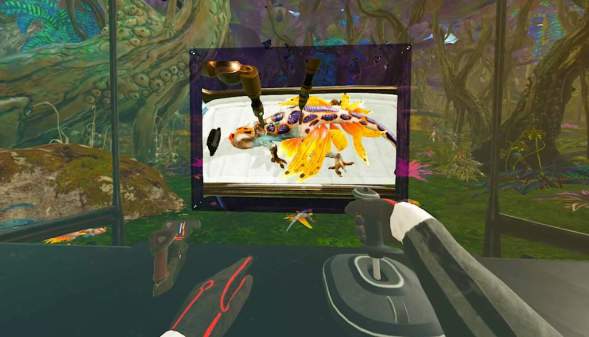How the growth mindset helped one educator stop teaching to the middle

Teaching to the middle — most teachers don’t want to do it. But when faced with a large class of learners with diverse proficiency, the middle is where many teachers find themselves. Knowing that he wasn’t challenging one-third of his class and teaching over the heads of another third, Peter Briggs, a music teacher at Lincoln High School in Tacoma, Washington, sought a way to manage and support growth for all skill levels.
As he explains in the webinar “Developing a Growth Mindset Using Digital Portfolios,” combining a change in his educational approach with the addition of differentiated assignments helped all of his students raise their performance.
Briggs talked about why he moved away from the fixed mindset to the growth mindset, a distinction popularized by Stanford University psychologist Carol Dweck and outlined in her 2006 book, Mindset.
The fixed mindset unconsciously presupposes that people have inherent skills and abilities and can do little to improve them — they’re fixed. The growth mindset suggests that people can improve and grow with effort. This distinction is critical because people with a fixed mindset consider each failure or shortcoming an irreparable flaw of their character, and that can deter them from challenging themselves, and they fail to grow because they don’t believe they can. Those with a growth mindset push through failures until they succeed, because those failures are perceived as temporary and, therefore, far less painful and not something necessarily to be avoided.
With a growth mindset, students focus on the process of getting better and not just how well they know a subject. That focus on the process means that mistakes become part of the journey rather than being stigmatized. Embracing the growth mindset gave Briggs’ students a reason to keep trying in class. Before, he said his students would skip assignments or not show up for class, but now, they do all their work because they see the opportunity they have to improve.
To engrain this concept in his classroom, Briggs used student portfolios. His idea was to create small tasks, assigned weekly, that students would upload to a digital platform. Both he and his students could comment on the submissions, and students could upload new versions of the same task until they were satisfied with their performance.
This method provided several benefits for student and teacher: Briggs was in constant communication with each student, students had a record of their progress, and the portfolios encouraged students to self-reflect. They could see the benefits of their hard work and celebrate their successes.
Briggs outlines four steps for creating a curriculum for student portfolios:
- Set goals: He started with end-of-year goals for each skill and for each proficiency level within the skill. Then, he reverse-engineered the skills and figured out what steps students would need to master to achieve the goal. The focus is on making each step a manageable lesson so as not to overwhelm the learner.
- Gather methods and resources: Next, he figured out which resources he already had on hand to create the lessons. It wasn’t about inventing new curriculum or buying new materials. Briggs said most teachers already have access to resources they can use to create the assignments.
- Write it out: Briggs created a grid that shows each task for each class and for each skill level. He advised creating a student-friendly version so students can keep track of their progress and understand the pathway for each skill.
- Manage the data: Whether in a spreadsheet or a learning management system, Briggs says a system for keeping track of assignments, student progress, and grades is essential. He advocated for using an online program that students can access at home and that can communicate with the school’s student grading program.
According to Briggs, the portfolios, coupled with the growth mindset, do more than help students meet their learning goals — the new approach can actually help students enjoy learning.
“I take it one step further and talk about how getting better results is having more fun. The more skills that you can develop, the more you can find joy in the level at what you’re doing,” said Briggs. “So, we as a class talk about how the growth that they’re finding in their online portfolios helps them get better. As they get better, they have more fun. As they have more fun, they’re inspired to get better. It’s a positive system.”
About the presenter
Peter Briggs has been teaching middle and high school music in Washington State for 14 years. He graduated from Central Washington University with a B.M. in music education and earned a master’s degree from the American Band College. Peter has spent the last 10 years teaching at an inner-city high school in Tacoma, Washington, where he teaches band and percussion. His high-profile drumline has been featured across the state in such notable performances as an NFL half-time show. In addition to music, he has a passion for baking and hiking.
About the host
Siobhan Nordstrom is the community manager for FreshGrade and is certified in Adult Continuing Education. Over the last three years, she has led dozens of professional development sessions all of which have impacted the way that educators communicate learning through eportfolios. Siobhan has extensive knowledge about the product and the various ways it is being used across the U.S. and Canada.
Join the community
TechTools for the Classroom is a free professional learning community on edWeb.net where educators can discover new resources, free technology, and great ideas for integrating technology into the classroom to engage and inspire students.
The edWeb webinar referenced above, sponsored by FreshGrade, can be found here.




